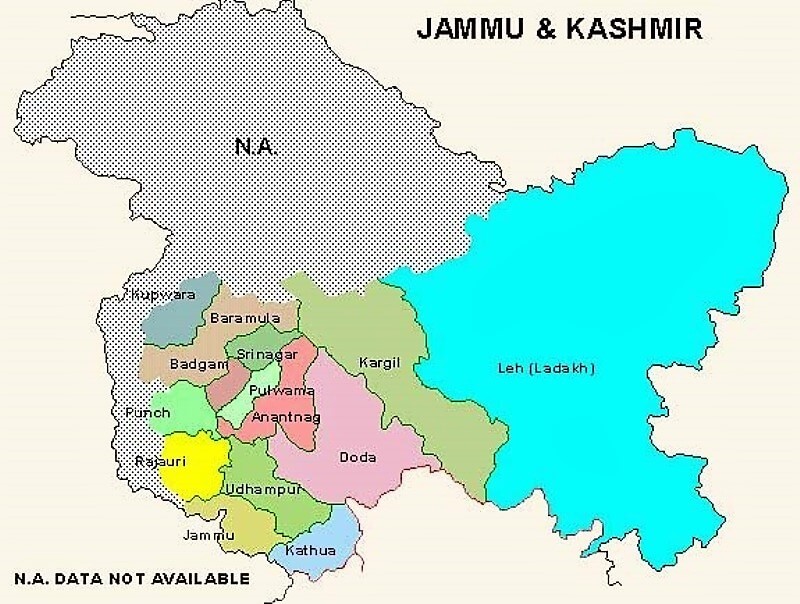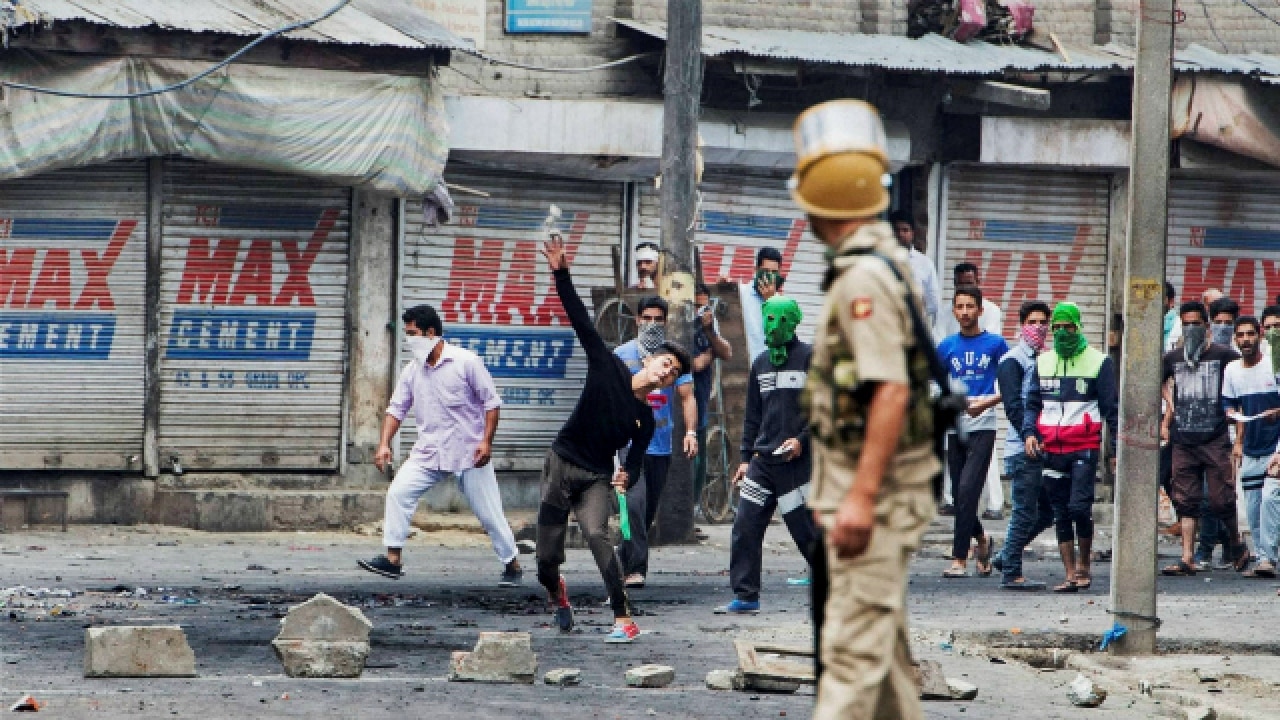The Complex Kashmir Issue: A Path Towards Resolution
The History Behind the Conflict
The Kashmir conflict has its roots in the Partition of British India in 1947. At the time of independence, Kashmir was a princely state ruled by a Hindu maharajah. Disputed territories in Kashmir remained undecided between newly independent India and Pakistan. To determine its future, a plebiscite was promised by India but has never taken place due to India revoking a 1948 UN resolution promising a vote. Since then, military clashes and territorial disputes have continued in the region, with India, Pakistan and China each claiming portions.

The Human Cost of Unresolved Tensions
Over time, tensions in the disputed Kashmir Valley have escalated into armed uprisings, crackdowns and ongoing violence. Separatist groups have carried out bombings and attacks against Indian security forces stationed there. In response, extrajudicial killings, arbitrary detentions and alleged human rights violations by both sides have taken a heavy toll. According to estimates, more than 47,000 people have been killed in the conflict since 1989. The unresolved situation has also led many Kashmiris to feel a sense of betrayal by both India and Pakistan.
Striving for Peace Amid Political Realities
Military action will unlikely resolve the Kashmir issue given the nuclear capabilities of both countries. However, politically neither India nor Pakistan seems willing to compromise on their respective territorial claims and stances. Still, there are options remaining if political will emerges, such as gradually demilitarizing the LOC, providing more autonomy to Kashmiris, addressing human rights, and incentivizing economic cooperation. Over time, this balanced approach could help reduce tensions and build trust for a lasting solution.
Recognizing All Perspectives in the Dispute
To make progress, all parties must acknowledge the perspectives and interests involved - not just their own claims. While Kashmiris seek self-determination, both India and Pakistan view the issue through the lens of their historical narratives. Even China entered the fray by occupying parts of Kashmir bordering Tibet. A just resolution will require diplomatically addressing these multiple layers in a step-by-step manner, respecting international law and mitigating risks of further conflict.
Establishing Trust and Goodwill on All Sides
In the short term, confidence-building measures can help establish an atmosphere more conducive for resolution. Both countries should focus on easing restrictions, facilitating trade and travel, investigating human rights abuses, undertaking humanitarian relief efforts, and allowing more independent oversight and media access in disputed Kashmir territories. Sports, cultural and educational exchanges between ordinary citizens could also help foster better understanding. Such incremental trust-building would pave the way for bolder political decisions down the road.
Pursuing Sustainable Peace Through Compromise
An eventual political solution will undoubtedly require compromise that some may see as disadvantageous - such as accepting the LOC as a permanent border, considering joint administration of certain areas, or abandoning unrealistic maximalist claims. However, with good faith, creativity and patience on all sides, a mutually satisfactory framework can be crafted. The rewards of a durable peace agreement outweigh any perceived losses. Most of all, it would lift an enormous burden off the shoulders of countless Kashmiris who have suffered for far too long in this protracted dispute.
